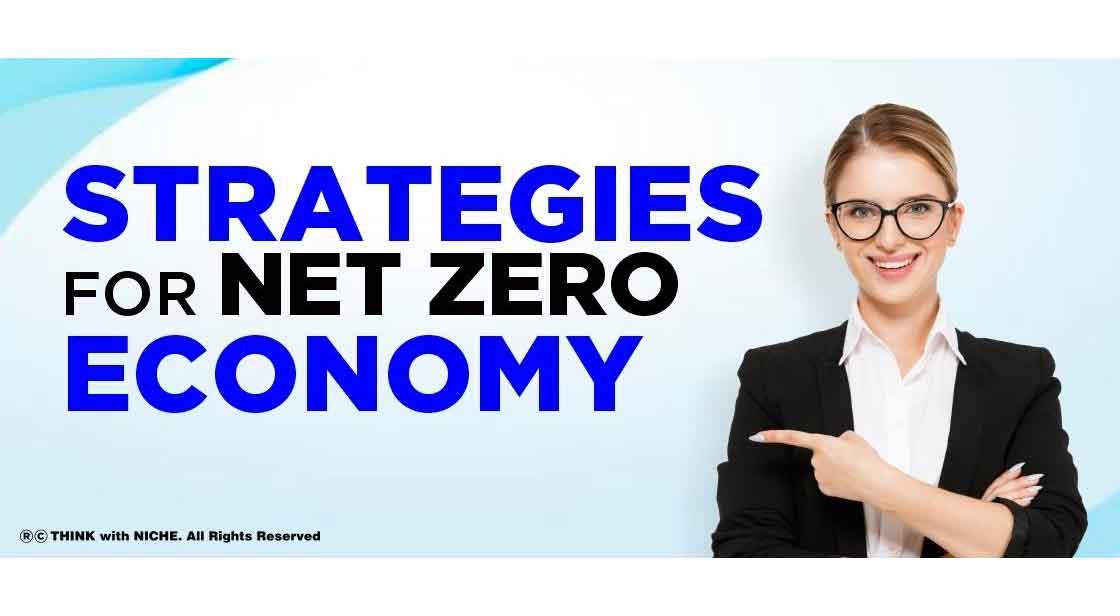Strategies for net zero economy

Blog Post
It's time to establish a plan for competing and winning in a net-zero economy if your organization doesn't already have one. From a business standpoint, the move to a net-zero economy has reached a critical juncture. Large public corporations are now under pressure to eliminate carbon emissions from their supply chains, operations, products, and services or the sponsored emissions of capital providers. And this pressure will grow and expand, affecting both public and private firms. There will be no hiding places. #ThinkWithNiche
Strategies For Net Zero Economy
In the last year, an increasing number of well-known companies have announced net-zero goals. Their vows gave optimism to an enormously rough year! Significant firms in oil and gas, automotive, airlines, and other industries with a historically high carbon footprint agree to rapid decarbonization. It is a powerful symbol.
The first is to establish the business intelligence required to track carbon within a given manufacturer and across the supply chain. The term "net-zero" implies a carbon account balance, and a manufacturer can't achieve that without a thorough grasp of how much carbon it's generating through energy embodied in its products and (depending on the business model), emitted through the services offered by those products.
A crash course in climate science and economics will be beneficial to management and directors. Most executives in most industries are only now beginning to grasp the net-zero transition and its potential implications for their businesses. They'll have to close the awareness gap as soon as possible. Build a plan for reaching net-zero emissions by 2050 into the business's strategy early and regularly, and update it frequently to keep up with rapidly changing conditions. Executives must address climate action as a material business issue, not an afterthought or a CSR effort.
A climate-optimized company plan will include both defensive and offense elements, with more offense than defense. Defense entails actions, such as retiring and reusing high-carbon assets to transition a corporation from brown to green while also increasing resistance to physical climate dangers. Building new low-carbon businesses, exploring M&A opportunities, and expanding the use of nature-based climate solutions like reforestation are all examples of offense.
Businesses are well-positioned to not just adapt to but also benefit from a net-zero transition. It is especially true for enterprises that offer "green" solutions to satisfy society's requirements or for those who can assist communities in building resilience to climate change's physical effects. To take advantage of these opportunities, some organizations may need to expand their current operations by forming strategic partnerships or finding innovative ways to enter new markets. Others will need to invest in cutting-edge climate technologies, new mindsets, and rewiring their operations and supply chains.
You May Like
EDITOR’S CHOICE












